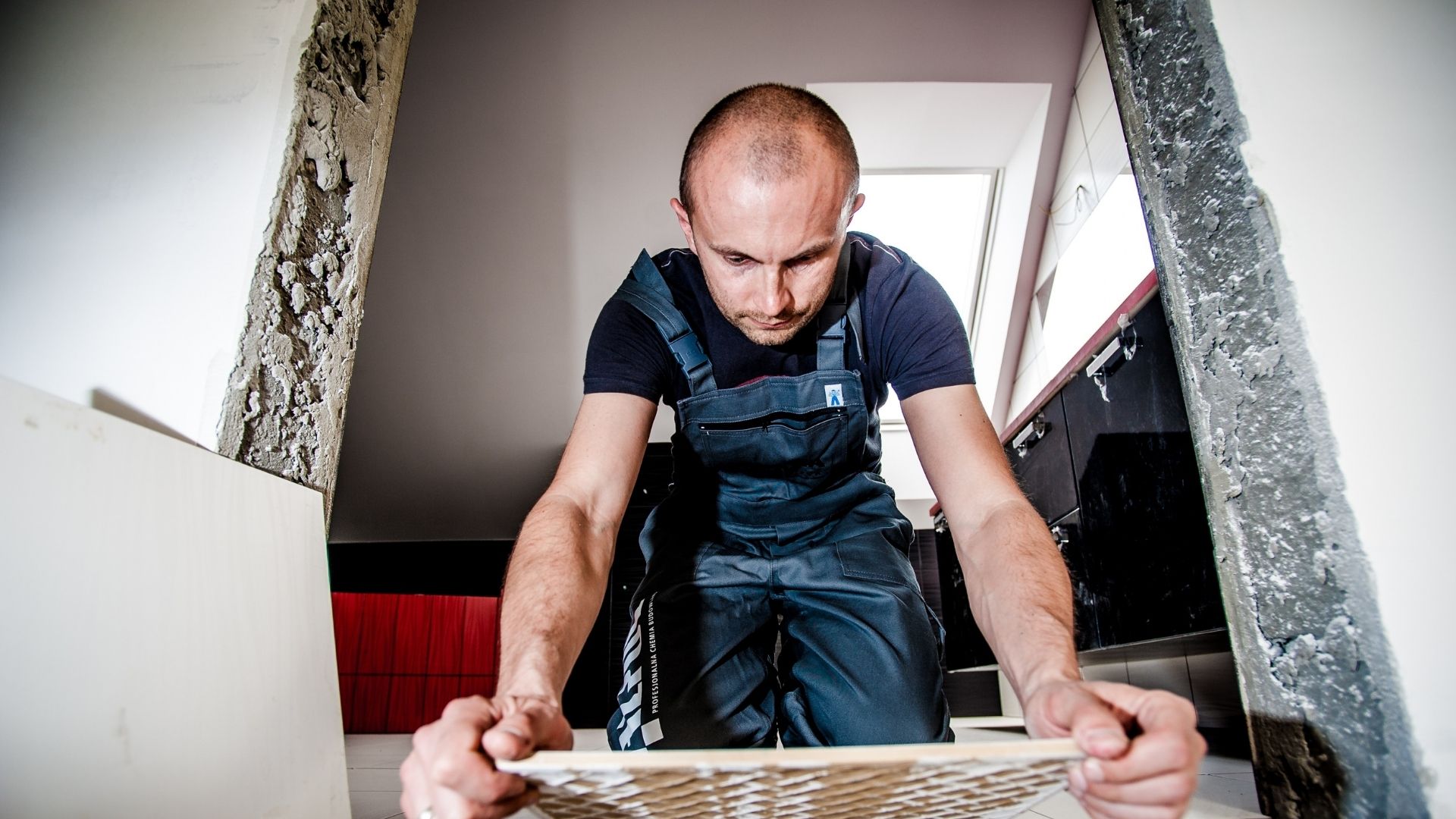While tile installation, binding the tiles with the underlying surface in an unswerving order such that it imparts longevity and integrity to our structure for ages is essential. To serve the same purpose, we have been using the then traditional cement mortar binder for a long time, but with every option comes advancement. With premixed formula, what stands out in a crowd more now is the emergence of cement-based tile fixing adhesives with ease of application and much reliability in tile paving? Moreover, with excellence in the composition of tile fixing chemicals, cement mortar application is no longer the only choice for sticking the tiles as the new formula has come up with the rectification of the primary drawbacks.
Are tile adhesives too potent to impart safety to the structure against the severe dilemma of hollowing, falling off, or tile de-bonding? Why are the tile adhesives, despite a slight uptick in cost, drawing more consumers’ attention in the construction sectors? Let us discuss this under the following 9 heads.
Leveled and smooth finish
Uniformity in thickness while using cement mortar for adhesion varies unevenly. This gives rise to leveling defects. On the contrary, special tile adhesive tools such as notched trowels serve in a better way. Tile adhesives, when applied with the trowel, offer uniform thickness with buttering application.
Elimination of the cumbersome process
Binding various tiles or fixing large/heavy stones with cement mortar is a lengthy process and requires precision. With poor artistry and less accuracy in composition or application, tiles tend to come off due to the thermal shrinkage tendency of the cement or other reasons. It requires careful planning, and the process has to go through various cumbersome steps. Unlike cement, the premix tile fixing adhesives made from a chemical combination of polymers and additive-based chemical formula provides ease of application with fewer steps incorporated. You only need to add water. The adhesive application is pretty easy and requires less supervision, and holds the tile perfectly in position for a longer time. Also, unlike cement, tile adhesives don’t easily get deformed due to thermal expansion or contraction stresses.
Curing
Adhesion with cement mortar requires curing. Curing if not done correctly in time will ruin all the efforts you have put in. On the other hand, Tile fixing adhesive doesn’t require fixing upon application and leaves you worry-free.
Varied application
One can find a comprehensive range of tile adhesives in the market catering to several different purposes. Tile adhesives used for binding tiles to floors are divergent from those that stick tiles to the walls, different from those used to fix large stones. With cement mortar application, we are left with lesser options. The waterproofing property of tile adhesives makes it prominent in the tiling industry.
Minimizing time and expediting the speed
As the number of stages involved while tile adhesive application is compact, as mentioned earlier, the tile fixing adhesives emerge out as a better alternative to cement mortar as the tiling procedure can be carried out swiftly in no time.
Reduction in spoilage
With cement mortar application, there is a noticeable wastage of materials during mixing or re-applications. But, quite the reverse, the adhesive application is a great alternative that reasonably controls the wastage considerably.
Fixed mixing ratio
When cement mortar is to be put into application, the key point to ensure the cohesion is verifying the mixing ratios of the cement and sand to be 1:4 ( 1 part of cement to 4 parts of sand). The ratio can usually be extended to 1:6, however. A slight increase or decrease in the ratio can weaken the strength of the mix and can lead to coming out of tiles. However, tile adhesives have a fixed mixing ratio which sets the seal on the binding ability by improving construction quality.
Check on quality
The mix to be used for binding should be of high quality for better adhesion. The sand in the composition should be clean. The bad quality of the sand used can impair the strength of the cement mortar, which will, in turn, cause the tiles to empty. The sand used should neither be too fine nor be too dark in color. The proportion also needs to be maintained, which can otherwise give rise to lumps. Better is to avoid such nuisances and opt for the smart tile fixing adhesive application with consistent formula. The tile adhesives come in a premixed, ready-to-use form. Empty drums or falling off can rarely be noticed after laying.
Eco- Friendly
The pre-mixed formula of tile fixing adhesives controls the pollution caused by the dust problems due to the on-site mixing of cement sand.
With the numerous advantages of tile fixing adhesives, cement mortar application is no more a practical choice in the construction industry. The tile fixing adhesive is a value for money and, with its durability and high strength, has efficiently replaced the conventional cement mortar application.
